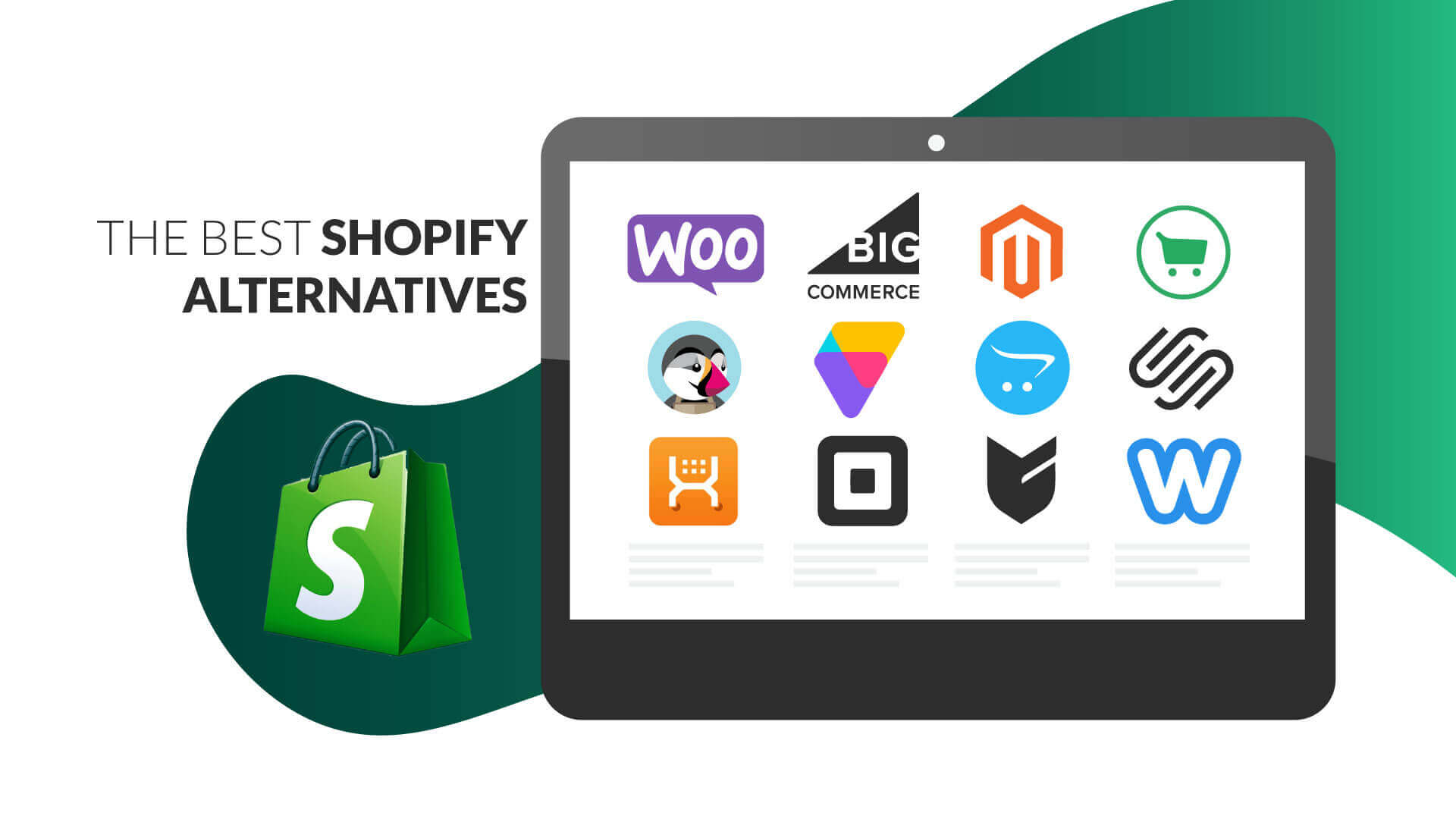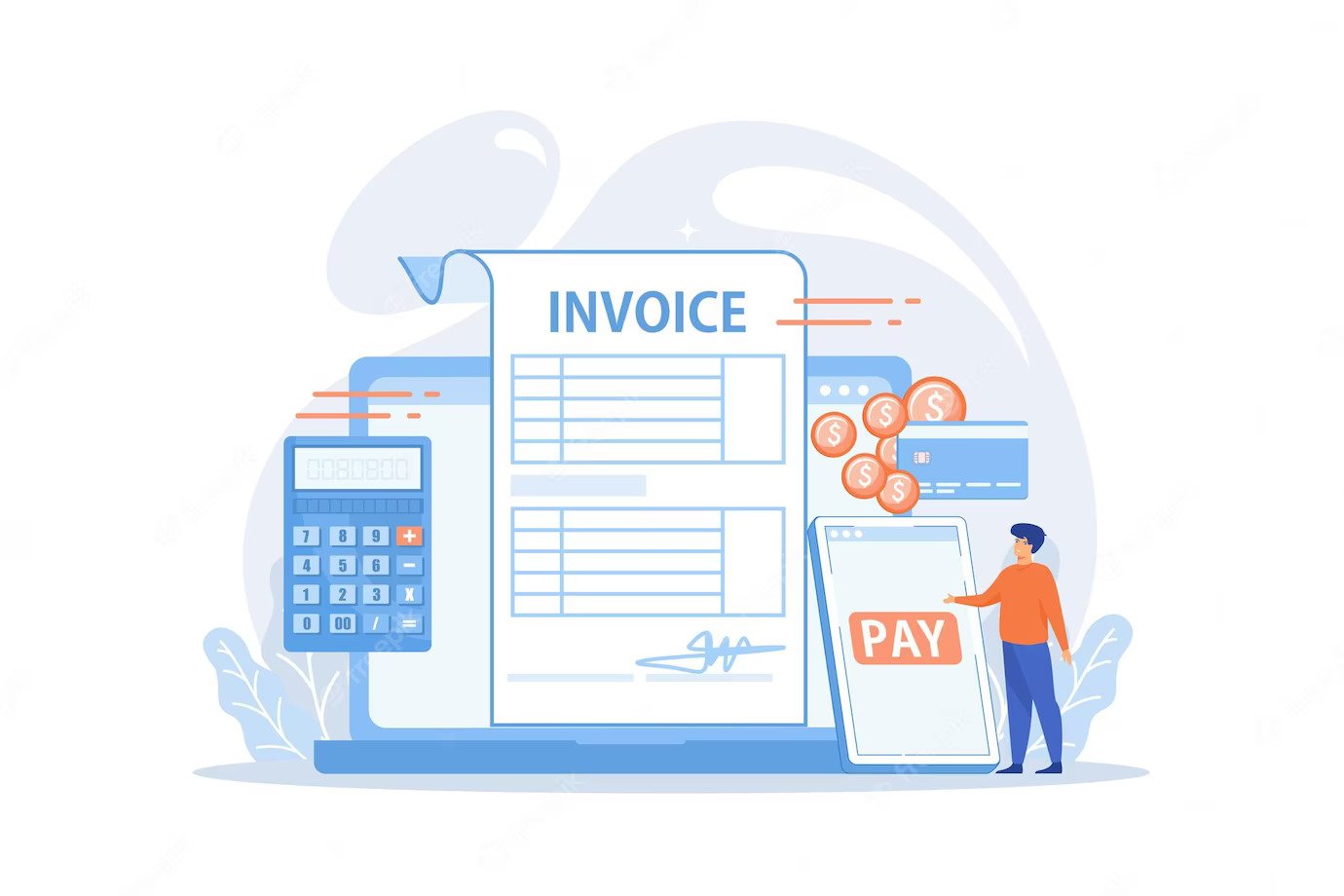Invoice Factoring vs Traditional Business Loans(USA) Choosing between invoice factoring and traditional business loans represents one of the most critical financial decisions facing growing businesses today. Understanding the fundamental differences between these financing options can mean the difference between maintaining healthy cash flow and struggling with payment delays that threaten business operations.
Invoice factoring provides immediate cash by selling your outstanding invoices to a factoring company, while traditional business loans offer lump-sum funding that must be repaid over predetermined periods with interest. Each option serves different business needs, risk tolerances, and financial situations, making it essential to understand when each approach makes the most sense for your specific circumstances.
Stay organized as you grow. Use ProInvoice to manage billing and client relationships with ease.
The decision becomes particularly important for businesses experiencing rapid growth, seasonal fluctuations, or clients with extended payment terms that create cash flow gaps. Companies using professional invoicing systems like those available through free invoice generator tools often find themselves better positioned to leverage either option effectively, as organized financial documentation strengthens applications and improves qualification chances.
Understanding Invoice Factoring: How It Works
The Invoice Factoring Process
Invoice factoring, also known as accounts receivable financing, allows businesses to sell their unpaid invoices to factoring companies for immediate cash. The factoring company typically advances 70-90% of the invoice value upfront, then collects payment directly from your customers.
When your customers pay their invoices, the factoring company releases the remaining balance minus their fees. This process converts outstanding receivables into immediate working capital without creating debt on your balance sheet, making it an attractive option for businesses needing quick cash flow relief.
The factoring process requires businesses to maintain professional, accurate invoicing practices. Using reliable invoice generation systems ensures invoices meet factoring company requirements and facilitate smoother approval processes.
Also read: How to Borrow $10-$500 from Cash App: Complete USA Guide
Types of Invoice Factoring Arrangements
Recourse vs. Non-Recourse Factoring: Recourse factoring holds businesses responsible if customers fail to pay, while non-recourse factoring transfers credit risk to the factoring company. Non-recourse factoring costs more but provides additional protection against customer defaults.
Notification vs. Non-Notification Factoring: Some factoring arrangements notify customers that invoices have been sold, while others keep the arrangement confidential. Non-notification factoring maintains existing customer relationships but typically costs more due to additional administrative complexity.
Spot Factoring vs. Contract Factoring: Spot factoring allows businesses to factor individual invoices as needed, while contract factoring requires ongoing relationships with minimum volume commitments. Each approach offers different flexibility levels and pricing structures.
Traditional Business Loans: Structure and Requirements
Common Types of Business Loans
Term Loans: Fixed-amount loans repaid over predetermined periods with regular payments including principal and interest. These loans work well for equipment purchases, expansion projects, or other specific business investments requiring predictable funding.
Lines of Credit: Revolving credit facilities allowing businesses to borrow up to predetermined limits as needed. Interest accrues only on outstanding balances, providing flexibility for managing seasonal fluctuations or unexpected expenses.
SBA Loans: Government-backed loans offering favorable terms for qualified small businesses. SBA loans typically feature lower interest rates and longer repayment periods but require extensive documentation and longer approval processes.
Qualification Requirements and Documentation
Traditional business loans require comprehensive financial documentation including tax returns, financial statements, cash flow projections, and credit histories. Lenders evaluate debt-to-income ratios, business profitability, and repayment capacity before approving loans.
Personal guarantees are often required, putting business owners’ personal assets at risk. Strong financial records, including professionally prepared invoices and detailed accounting systems, improve loan approval chances and may result in better terms.
Cost Comparison: Factoring vs Traditional Loans
Invoice Factoring Costs and Fees
Invoice factoring costs typically range from 1-5% of invoice value, depending on various factors including customer creditworthiness, invoice terms, and factoring volume. While these rates may seem high compared to traditional loan interest rates, factoring eliminates the time value of money lost waiting for customer payments.
Additional factoring fees may include setup costs, due diligence fees, and wire transfer charges. However, factoring companies handle collections, potentially reducing internal administrative costs and bad debt expenses.
Traditional Loan Interest Rates and Terms
Business loan interest rates vary based on creditworthiness, loan type, and market conditions. SBA loans often offer the lowest rates, typically ranging from 6-13%, while commercial loans may range from 8-25% depending on risk factors.
Additional loan costs include origination fees, closing costs, and potential prepayment penalties. Monthly payment obligations continue regardless of business cash flow fluctuations, potentially creating financial stress during slow periods.
Cash Flow Impact Analysis
Immediate Cash Flow Benefits
Invoice factoring provides immediate cash flow improvement by converting receivables to cash within 24-48 hours. This speed advantage helps businesses meet payroll, purchase inventory, or capitalize on growth opportunities without waiting for customer payments.
Traditional loans provide lump-sum funding but create ongoing payment obligations that may strain cash flow during challenging periods. Loan payments remain constant regardless of business revenue fluctuations.
Long-Term Financial Impact
Factoring costs compound over time, potentially making it expensive for businesses with consistently long collection periods. However, factoring grows with sales volume, providing proportional funding as businesses expand.
Traditional loans offer predictable costs and payment schedules, making financial planning easier. Once loans are repaid, businesses retain full control over receivables and customer relationships.
Qualification and Approval Differences
Invoice Factoring Qualification Criteria
Factoring approval focuses primarily on customer creditworthiness rather than business credit scores. Businesses with strong customers but limited credit histories often qualify for factoring when traditional loans aren’t available.
The approval process emphasizes invoice quality, customer payment histories, and industry stability. Professional invoicing practices, such as those supported by comprehensive invoice management systems, improve qualification chances by demonstrating organized financial processes.
Traditional Loan Requirements
Bank loans require extensive financial documentation, strong credit scores, and demonstrated business profitability. Personal credit histories, debt-to-income ratios, and collateral availability significantly impact approval decisions.
The underwriting process typically takes weeks or months, requiring patience and comprehensive preparation. Businesses must demonstrate ability to service debt payments regardless of revenue fluctuations.
Industry-Specific Considerations
Best Industries for Invoice Factoring
Manufacturing, trucking, staffing, and government contracting industries commonly use invoice factoring due to extended payment terms and creditworthy customers. B2B service businesses with net-30 or net-60 payment terms also benefit from factoring arrangements.
Industries with consistent, recurring revenue streams and professional customer bases typically receive the most favorable factoring terms and rates.
Traditional Loan Advantages by Sector
Asset-heavy industries like construction, manufacturing, and retail often prefer traditional loans for equipment financing or real estate purchases. These loans provide fixed costs and allow businesses to retain full ownership of receivables.
Service businesses with predictable revenue streams and strong credit profiles may secure favorable loan terms that cost less than factoring over time.
Strategic Implementation Considerations
When to Choose Invoice Factoring
Consider factoring when facing immediate cash flow challenges, pursuing growth opportunities requiring quick funding, or dealing with customers having extended payment terms. Factoring works well for businesses with strong customers but limited access to traditional credit.
Seasonal businesses benefit from factoring’s flexibility, as funding scales with sales volume without creating fixed payment obligations during slow periods.
When Traditional Loans Make Sense
Choose traditional loans for long-term investments, equipment purchases, or expansion projects requiring substantial capital. Loans work best for businesses with strong credit profiles and predictable cash flows capable of supporting regular payments.
Consider loans when factoring costs exceed loan interest rates over time, particularly for businesses with short collection periods or high-volume, low-margin operations.
Hybrid Approaches and Alternative Solutions
Combining Factoring and Traditional Financing
Some businesses successfully combine factoring and traditional loans, using factoring for working capital while maintaining term loans for equipment or real estate. This approach optimizes funding costs while maintaining financial flexibility.
Asset-based lending combines elements of both approaches, offering credit lines secured by receivables and inventory at rates typically lower than factoring but higher than traditional loans.
Technology Integration Benefits
Modern financial technology platforms streamline both factoring and loan applications through automated documentation and real-time financial reporting. Professional invoicing systems with integrated features enhance qualification for both funding types.
Using comprehensive invoice management platforms demonstrates financial organization and professionalism that funding providers value, potentially improving terms and approval chances.
Making the Right Choice for Your Business
Assessment Framework
Evaluate your business’s specific needs, including cash flow timing, growth plans, customer base quality, and risk tolerance. Consider both immediate funding needs and long-term financial strategy when choosing between options.
Analyze total costs including interest, fees, and opportunity costs of delayed access to funds. Factor in administrative burden, customer relationship impacts, and strategic flexibility when making decisions.
Professional Guidance and Support
Consult with financial advisors, accountants, and funding specialists to understand all available options. Professional guidance helps businesses navigate complex terms and identify the most cost-effective funding solutions.
Consider working with brokers or consultants who specialize in business financing to access multiple funding sources and negotiate favorable terms.
Conclusion: Optimizing Your Business Funding Strategy
The choice between invoice factoring and traditional business loans depends on your specific business circumstances, funding needs, and strategic objectives. Neither option is universally superior; each serves different purposes and business situations effectively.
Successful businesses often use both funding types strategically, leveraging factoring for immediate cash flow needs while maintaining traditional credit relationships for long-term investments. The key is understanding when each option provides maximum value for your specific situation.
Regardless of which funding approach you choose, maintaining professional financial practices through reliable invoicing systems and accurate record-keeping improves your access to favorable terms and conditions. Companies using professional invoice generation tools often find themselves better positioned to leverage either funding option effectively.
Focus on building strong financial systems, maintaining good customer relationships, and developing comprehensive funding strategies that support both immediate needs and long-term growth objectives. With proper planning and execution, the right funding mix can accelerate business growth while maintaining financial stability.
Stay organized as you grow. Use ProInvoice to manage billing and client relationships with ease.














